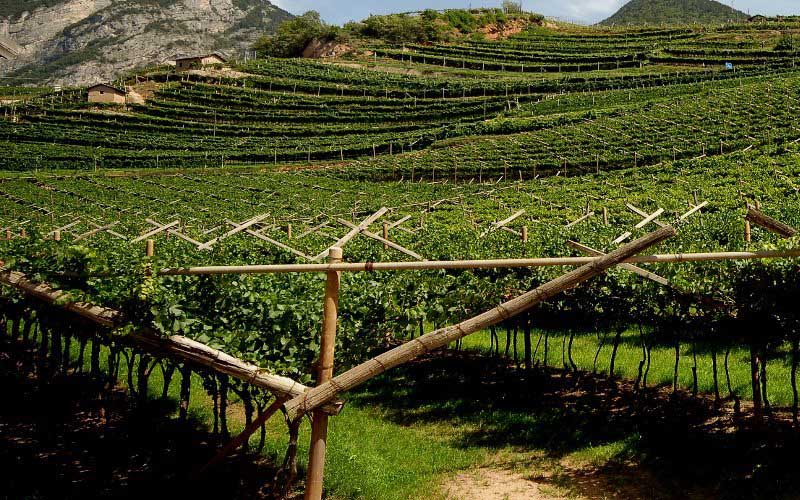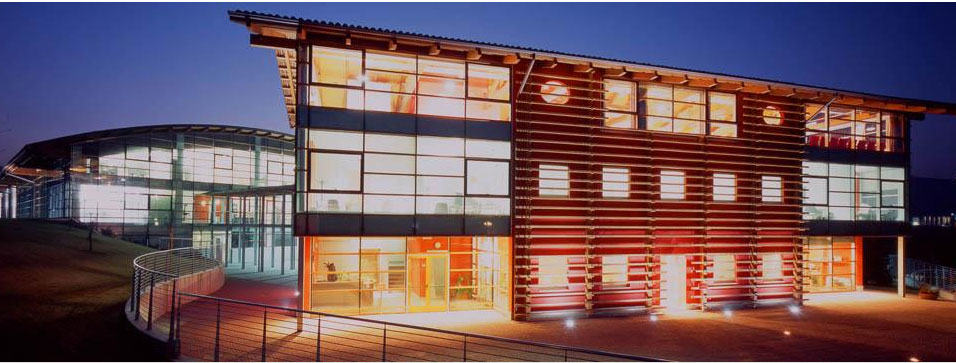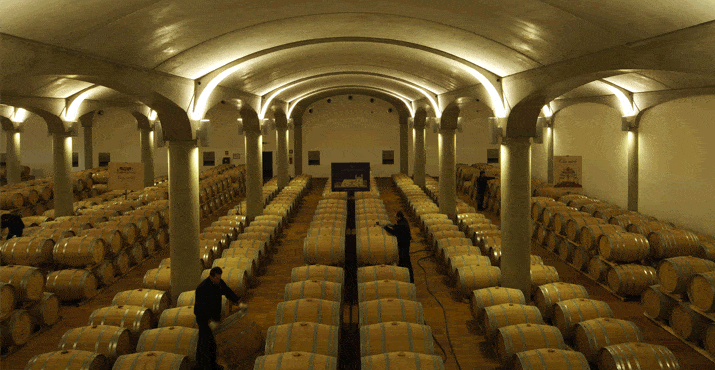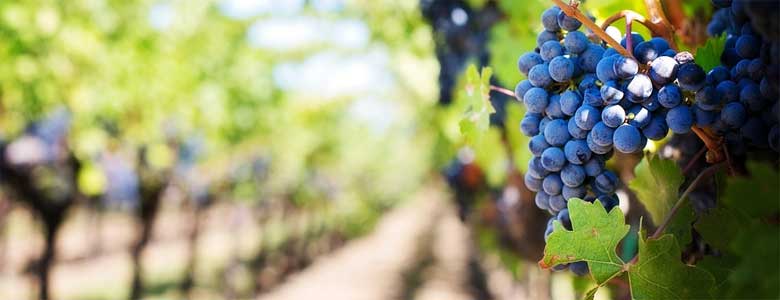Foodies are increasingly interested in winery tours that go beyond simple wine tasting: they wish to witness winemaking in a more authentic, deeper way. In other words, travelers are not looking for tours: they are looking for proper wine experiences. At Italian Special Occasions DMC we have met this demand by proposing Vineyarding, a sensorial journey with which visitors get to meet and interact with the locals behind a cantina (winery), listen to the history and secrets of what is often a century-old business, touch the textures and taste the flavors of winemaking.
If you are a wine enthusiast who is looking for places where to worship the cult of Bacchus (or Dionysius) – the god of wine and of the grape harvest – we invite you to read along and explore Italy’s most beautiful wineries and vineyards with Italian Special Occasions DMC!
Let’s begin with surprising, off-the-beaten-path wine destinations up in the North of Italy.
Trentino Alto Adige is home to amazing wineries nestled between vineyards with pergola trellising, a characteristic of the region. Cantina Mezzacorona features an enormous complex that gathers and sees the vinification of grapes produced by over 1,600 winegrowers. Despite its size, the design by architect Alberto Cecchetto blends seamlessly with the surrounding landscape at the foot of the majestic Italian Dolomites. For example, the winery’s undulating roof design is reminiscent of the rolling terraces with vine pergolas. About a 30-minute drive away is Cantina Tramin, which deserves to be mentioned because – since being founded in 1889 – this wine cooperative has received the most awards in Italy thanks to its historic vine variety, the Gewürztraminer. On top of this, today the winery cultivates approximately 15 hectares of vineyards according to organic and biodynamic principles, and bottles its top labels from vineyards cultivated without the use of herbicides.

In Piedmont, Terre da Vino is a top Italian winery located in the heart of the Langhe territory, with a unique philosophy: “Only wines from Piedmont and only wines that have the appellation disciplined by DOC or DOCG regulation”. It produces a vast range of wines, spanning from those names known throughout the world to small locally known niche products. You’ll be amazed by the cellar’s pride and joy: wines mature in the barrel room capable of containing up to 2,000 oak barriques! And you’ll probably enjoy the winery’s “architectural promenade” between a futuristic design and the traditions of the Barolo lands.

If you prefer more classic and historic properties, do not miss Villa della Torre in Veneto. Dating back to 1560, it is a true architectural gem of the Italian Renaissance. It belongs to the Allegrini’s, an important winegrowing family of the Valpolicella viticultural zone. The villa is surrounded by the vineyard called “Palazzo della Torre”, from which a wine of the same name is produced. The combination of natural and manmade landscapes creates a stunning scenic effect. You can enjoy wine tasting inside the ancient walls, between the sixteenth-century motifs of Water and Fire, and the charming ‘Peristyle’ courtyard and the ‘Bucintoro’ grotto dedicated to Jupiter Ammon.
Moving towards the South of Italy, Feudi di San Gregorio in Campania was featured twice at Biennale di Venezia as an architectural excellence. Founded in 1986, this is a young company in a land of great traditions – Irpinia. The futuristic architectural design of the winery contrasts beautifully with the single vineyards that are almost 200 years old, and alternate with gardens of aromatic herbs, roses and fruit trees. What we love particularly about Feudi di San Gregorio is its aim to be a place where to exchange ideas and culture. It created FeudiStudi, a creative lab with oenology guru Pierpaolo Sirch, with the aim to study 700 vineyards with the most expressive varieties in different soils and altitudes, grasping new essences to create limited wine editions that are not intended for traditional trade.
In Sicily, Marsala is home to the historic winery of Donnafugata. Dating back to 1851, the buildings conserve the typical structure of the Mediterranean ‘baglio’, with a wide courtyard dotted with perfumed citrus fruits and olive trees. It also features a beautiful underground barrique room carved from tuff volcanic rock. The name Donnafugata, literally ‘woman in flight’ refers to the history of Queen Maria Carolina, wife of Ferdinand IV of Bourbon, who fled Naples in the early 1800s on the arrival of Napoleon’s troops, seeking refuge in the part of Sicily where the winery’s vineyards now stand. The name was coined by Sicilian author Giuseppe Tomasi di Lampedusa in his novel Il Gattopardo (The Leopard).

This is also the reign of the Planeta’s, an ancient family of Spanish origins who has played a leading role in Sicily’s agriculture for 18 generations. Their wine estates stretch over six very different landscapes across the island, featuring –among other things– 400 hectares of vineyards. The amazing variety of cellars, wineries and vineyards in territories with different stories and traditions, are at the heart of the foodie journey called “Between Noble Families and Noble Wine”. If you want to learn more about this Vineyarding experience, read Vineyarding in Sicily: a seasonal delight.
Before moving into Tuscany – the wine lands for excellence in our collective imagination, let’s visit Umbria in Central Italy. In Montefalco you find one of the most interesting and striking winery buildings. Tenuta Castelbuono is also known as “the Carapace”. Why? You guessed it. The building is shaped like a turtle shell, representing the longevity and union between Earth and Sky. It was the first and inimitable architectural structure by sculptor Arnaldo Pomodoro. It is a place in which art and nature, sculpture and wine intermingle.
In neighboring Tuscany, the Antinori family has been involved in the production of wine for over six centuries, and own some of the most amazing wineries in the region. Among these are Cantina Antinori in the renowned Chianti-shire, and Le Mortelle in the less explored area of Maremma. Apart from the important history and quality of their wines, this family deserves praise for the Antinori Academy, which works to collect and patronize artistic events tied to the Tuscan countryside. The project has led to the restoration of works of art, to the publication of catalogues and books on art, and to the creation of events and exhibitions open to the public.

Our journey ends in the mesmerizing vineyards and daring design of Petra Winery near the ancient village of Suvereto. Designed by architect Mario Botta, Petra stands out from afar with its central cylinder that is sectioned obliquely to follow the shape of the hill. The alignment of the façade marks the change in direction of the vineyards; perpendicular to the construction on the slopes of the hill behind and arranged in rows at 45° in the flatlands downhill. A mixture of avant-garde and traditional processes are behind the winemaking process in this modern building, while wine tasting takes place nearby in a typical, carefully restored Tuscan farmhouse that marks a strong connection to the past.
Now, all that is left for you to do is to come and see these wonders with your eyes. It’s a great excuse to then taste the amazing wines that come to life in Italy’s most beautiful wineries and vineyards!
Did this list inspire you? Would you like to enjoy a wine and food experience during your next Italian vacation? Most wineries boast atmospheric spaces that adapt well to any kind of event and occasion, providing an evocative backdrop for weddings, anniversaries, family reunions, corporate meetings and conferences. Contact ISO now for bespoke journeys tailored to your dreams and needs.




